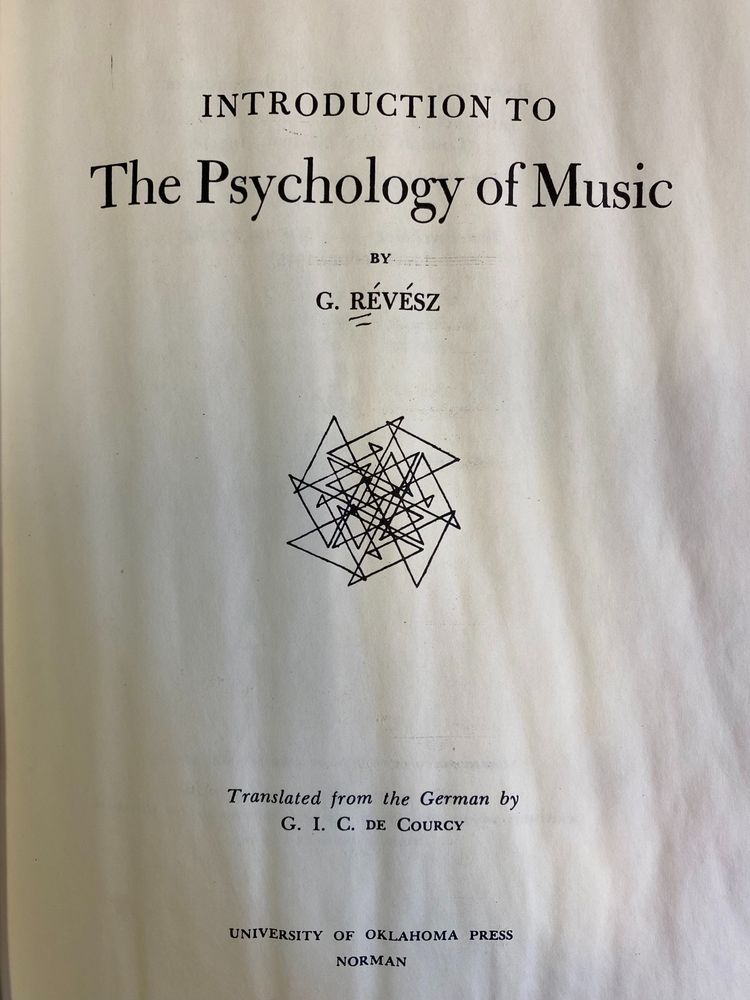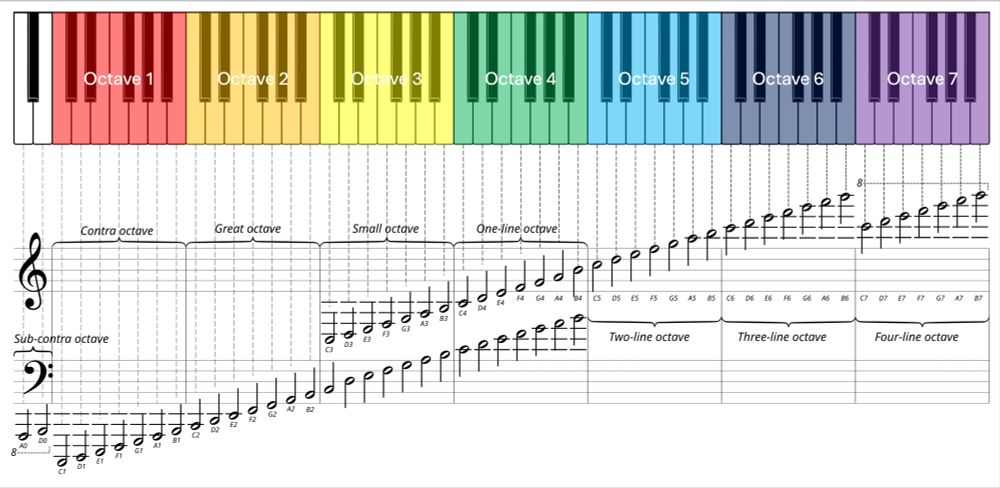Andrew Chang
@candrew123.bsky.social
260 followers
96 following
38 posts
Postdoctoral researcher at NYU, working on computational cognitive neuroscience, audition (music and speech), and real-world communication. 🇹🇼🇨🇦🇺🇸
Posts
Media
Videos
Starter Packs
Andrew Chang
@candrew123.bsky.social
· Jun 2
Andrew Chang
@candrew123.bsky.social
· Jun 2
Andrew Chang
@candrew123.bsky.social
· Jun 2
Andrew Chang
@candrew123.bsky.social
· Jun 2
Andrew Chang
@candrew123.bsky.social
· Jun 2

Spectrotemporal Modulation: Efficient and Interpretable Feature Representation for Classifying Speech, Music, and Environmental Sounds
Audio DNNs have demonstrated impressive performance on various machine listening tasks; however, most of their representations are computationally costly and uninterpretable, leaving room for optimiza...
arxiv.org
Reposted by Andrew Chang
Andrew Chang
@candrew123.bsky.social
· Apr 24

What cities can learn from the brain - Nature Human Behaviour
Given its ability to manage a multitude of functions in support of survival, the dynamics and organization of the brain offer the city — another confluence of structures and processes — lessons for ur...
www.nature.com
Reposted by Andrew Chang
Haley Kragness
@haleykrag.bsky.social
· Mar 14
Reposted by Andrew Chang
Hsing-Hao Lee
@hsinghaolee.bsky.social
· Mar 10

Visual adaptation stronger at horizontal than vertical meridian: Linking performance with V1 cortical surface area
Visual adaptation, a mechanism that conserves bioenergetic resources by reducing energy expenditure on repetitive stimuli, leads to decreased sensitivity for similar features (e.g., orientation and sp...
www.biorxiv.org
Andrew Chang
@candrew123.bsky.social
· Mar 12
Andrew Chang
@candrew123.bsky.social
· Mar 12
Andrew Chang
@candrew123.bsky.social
· Mar 10
Andrew Chang
@candrew123.bsky.social
· Mar 10
Andrew Chang
@candrew123.bsky.social
· Mar 10

Multimodal Machine Learning Can Predict Videoconference Fluidity and Enjoyment
Videoconferencing is now a frequent mode of communication in both professional and informal settings, yet it often lacks the fluidity and enjoyment of in-person conversation. This study leverages mult...
ieeexplore.ieee.org
Andrew Chang
@candrew123.bsky.social
· Feb 21
Andrew Chang
@candrew123.bsky.social
· Feb 19









